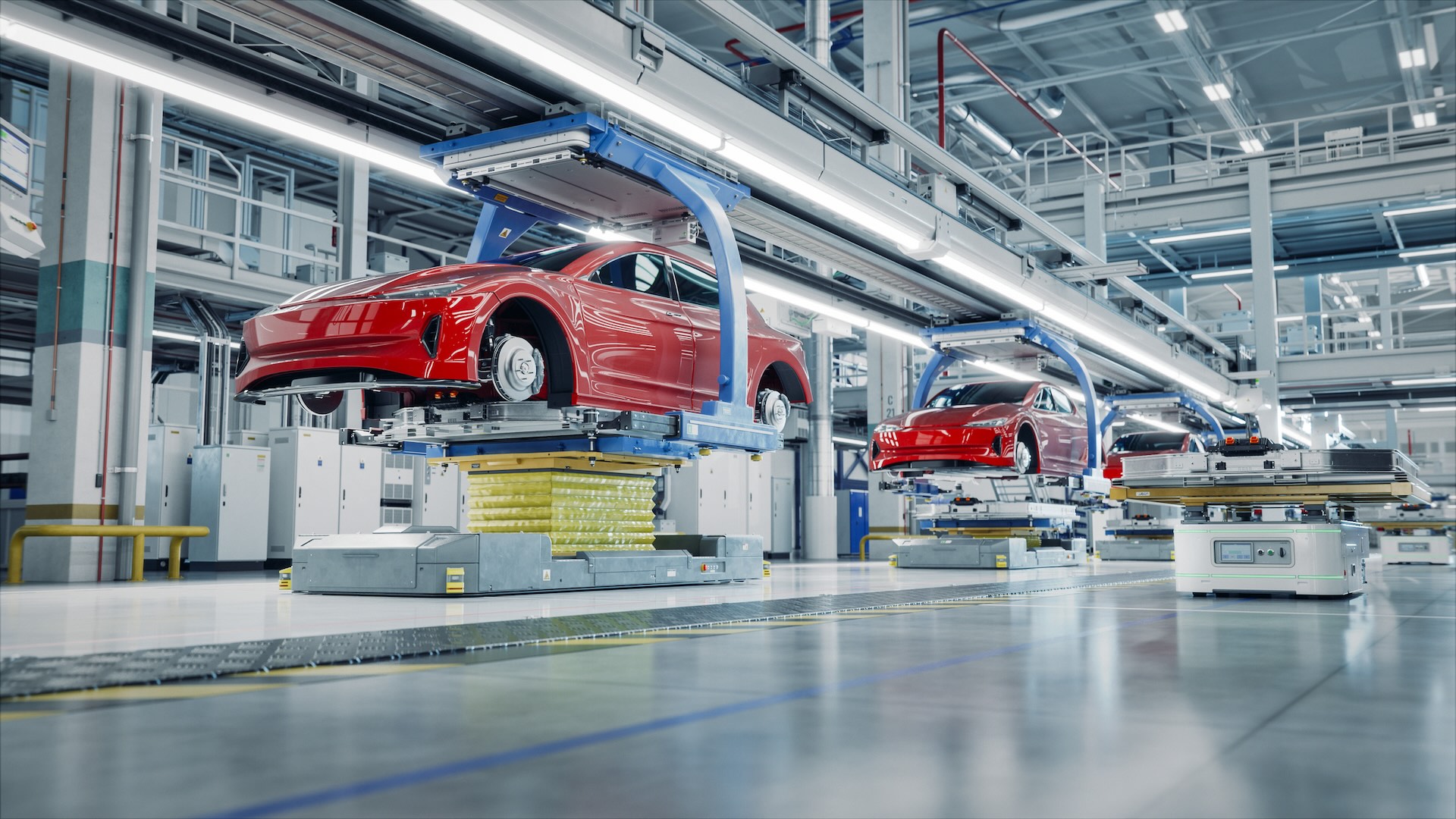
The critical nature of software within modern vehicles has given rise to another vehicular acronym for the automotive lexicon: the software-defined vehicle (SDV)—or more casually known as a “computer on wheels.” The term SDV describes vehicles where software determines many aspects of the vehicle’s performance, operations, and features, such as driver assistance features, safety features, infotainment, and more.
An SDV can modify and improve that functionality with over-the-air software updates—like a smartphone updating its operating system (OS). With an SDV, automakers decouple vehicle hardware and software functions while making sure that the hardware and software collaborate and align with each other.
There are several technological layers to SDVs, including the major software systems handling the in-vehicle infotainment (IVI) and the advanced driver assistance system (ADAS), which handles aspects of autonomous driving. Different automakers take varied approaches to developing these software systems and the hardware for running them, such as the vertical approach that Tesla takes to develop much of this technology in-house. Many other OEMs take a horizontal approach, where they partner with different providers for key SDV elements like a cloud platform (Google Cloud, AWS, Azure), the end-user app system (Android, Amazon, ThunderSoft), the car OS (Android Auto, Apple CarPlay, Car Penguin), the user interface (often developed in-house), and the system-on-a-chip (SoC) computing hardware (Intel, Nvidia, Qualcomm), which powers the advanced AI needed for the Level 2 and Level 3 autonomy of certain ADAS features.
Analysts have predicted that the overall market for SDV software and electronics will surpass $1 trillion by 2035. Given the difficulty any single OEM would face perfecting each layer of the SDV system, they also predict that automakers will out of necessity open up to greater collaboration or “co-opetition” to establish partnerships that can monetize the areas where each company excels.
For example, two very strong OEMs in ADAS technology are BMW and Mercedes-Benz, the latter of which was the first automaker approved in the US to launch production models with Level 3 ADAS in late 2023. The Mercedes-Benz Level 3 Drive Pilot includes conditionally automated driving that, when activated, will unlock certain apps on the infotainment display. Mercedes-Benz and other automakers with sufficiently advanced SDV technology will have the opportunity to profit from licensing part or all of its technology should the spirit of co-opetition take hold.
Automakers can also monetize new services and sales from SDVs. As connected cars, they can become part of the drivers’ smart home, and a conduit to payment services such as streaming content, smart home subscriptions, roadside assistance services, and so on.
In vehicle production, software has been important to design and engineering for many years. Advancements in interoperable data and the centralization of design and engineering data on cloud-connected platform software help to remove barriers between these departments caused by incompatible files or data. For example, design houses and automotive companies using Autodesk Alias and VRED software—which feature complete data interoperability—can easily share information seamlessly between departments to save time when working on design iterations.
